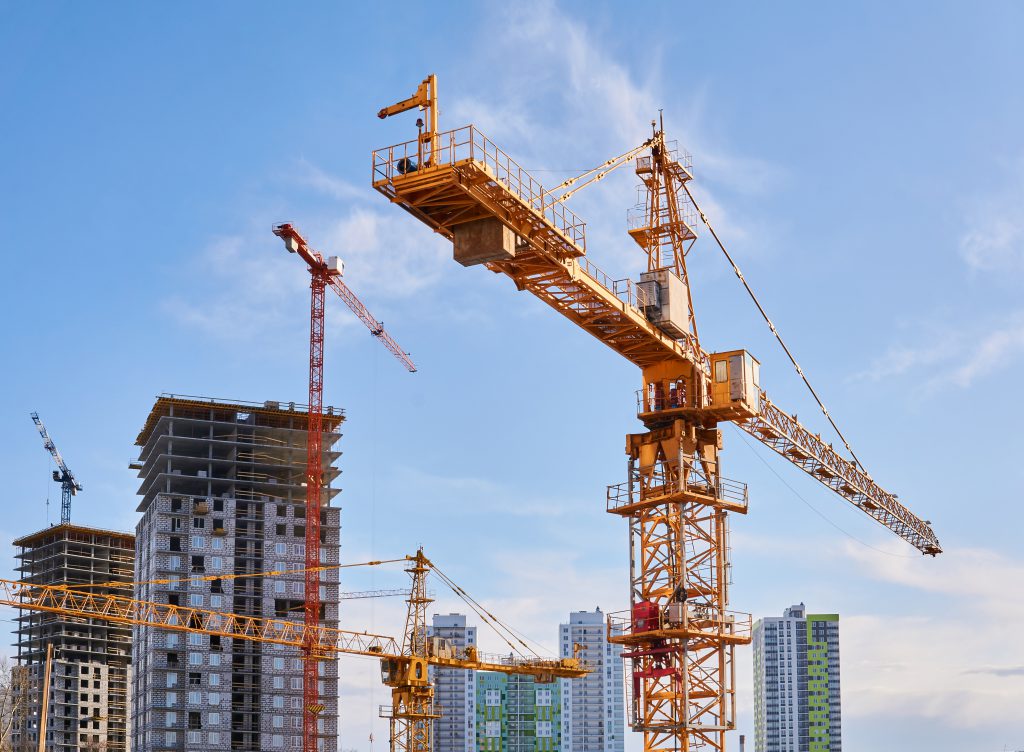The writing is on the (concrete) wall

The term uglification is fast being associated with controversial developments mushrooming all over the island which critics say are spoiling urban conservation areas, village skylines if not our quality of life. In 2019, the planning authority approved no fewer than 12,500 development applications which translate to around 34 permits per day. The real issue, however, is not much for the quantity, but for the nature of some of these developments.
These days the norm seems to be to demolish an existing dwelling, more often than not a terraced house and replace it with a block of apartments. The concept is not intrinsically wrong especially in an island having one of the highest population densities in the world, as that is the only solution to avoid taking up more virgin land. The problem lies in the way such approach is being taken. Demolishing a building of no historic value on the outskirts and replacing with flats is completely different from constructing pencil-like buildings close to the village cores which dwarf nearby if not adjacent historic buildings like parish church.
Apart from these considerations some of the designs leave much to be desired. The design advisory committee within the Planning Authority needs to be given more teeth to ensure that minimum standards are maintained in the construction industry not just from a sanitary perspective but also from an aesthetic viewpoint. The question beckons – what will be the legacy of the 21st century buildings? Just imagine if the Knights of St John had adopted the current design standards. Had they taken such approach Malta would have never had the architectural gems adorning the capital and the Three Cities.
At this pace it will only take a few more years for the village skylines to be completely distorted. Looking towards the capital from the Three Cities makes you realise that Valletta no longer dominates the peninsula as the tall buildings in Sliema and St Julian’s tower over it. The same is happening with Mdina.
The roots of the problem trace back to the post-Independence era with the first victims being along the Sliema promenade. In subsequent years other areas of the Maltese islands followed and now it seems that Gozo is next.
Many blame developers and the government for relaxing planning regulations, but the buck also stops with each and every one of us. This uglification would not have been possible were it not for the greed of many of us whose only consideration is how to turn a plot of land or vacant property into a pot of gold.
Though real estate remains one of the most solid investments in Malta there is the risk of killing the goose laying the golden eggs. It seems many are still oblivious to the fact that this construction frenzy will soon start to hurt us all as it will dent our quality of life.
One such example which is often being overlooked by the authorities is the parking provision. Many a time when a development is still at planning phase, one of the issues flagged is either the insufficient number of parking spaces to cater for the needs of the proposed building or the loss of parking spaces which will result. Unfortunately, it has become the norm to address the issue by forcing the developer to pay a ‘contribution’ into an Urban Development Fund. This mechanism is being applied for hundreds of applications annually. While it might be a quick-fix for the developer, this is just making the situation worse. Clearly the parking issues must be tackled differently.
At this pace enjoying some peaceful sunlight from one’s property will be a luxury while find a parking space after a hard day of work will be like looking for a needle in a haystack. This is the price of haphazard planning, greed and selfishness. At this rate all there will be left for the future generations will be some old photos and the odd historic building fighting for space amongst the concrete jungle. The writing is on the (concrete) wall.
